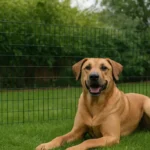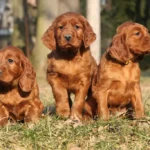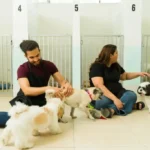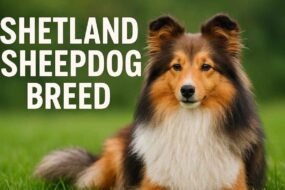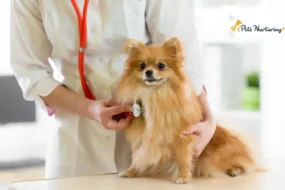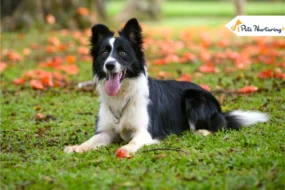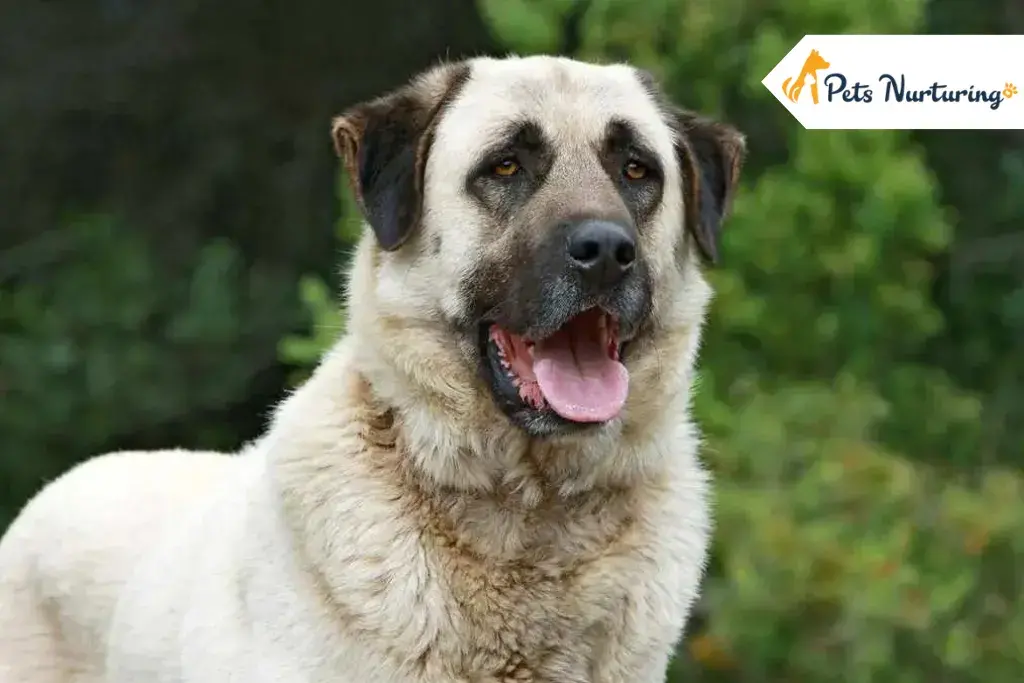
Have you ever heard of Anatolian Shepherds? They are one of the oldest dog breeds and make really great family pets.
If you are looking for a dog that is extremely loyal and will love you unconditionally, Anatolian Shepherds are a great pick. They are known for their strength, loyalty, and intelligence.
These dogs belong to the working group and share similar traits and characteristics as other shepherd dogs. Currently, they have the 90th spot in the list of most popular dog breeds.
If you want to know more about these dogs, keep reading. In this guide, we are going to share all the information about the Anatolian Shepherd dog breed.
Anatolian Shepherd Dog Breed Overview
Breed Group: Working
Other Names: Anatolian Karabash, Goban Kopegi or Kangal
Height: Male: 28 to 30 inches at the shoulder; Female: 26 to 28 inches at the shoulder
Weight: Male: 110 to 150 pounds Female: 80 to 120 pounds
Lifespan: 11 to 13 years
Coat : Double coat with a dense undercoat and thick topcoat
Color: Dark fawn to light red
Temperament: Loyal, protective, independent and intelligent
Needs for Grooming: Moderate grooming needs
Hypoallergenic: No
Origin: Turkey
History and Origin
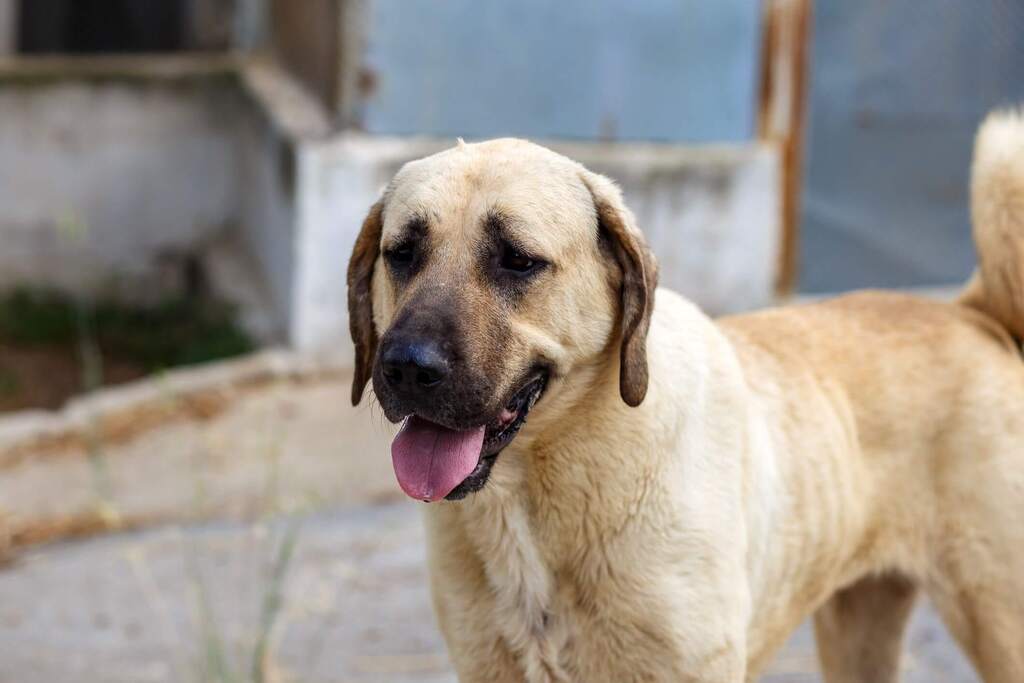
The Anatolian Shepherd is an ancient breed. These dogs are brilliant at safeguarding livestock from potential threats like wolves and coyotes.
In fact, farmers in Africa have been using them as a defense against cheetahs since 1994. While their protective instincts can pose a challenge when bringing them into a family, proper socialization can help address this issue.
The breed originated from the Anatolia region in Turkey. It is in the southern part of Turkey, and this is where the breed got its name from. They are considered a type of Mastiff dog, and records suggest they’ve been around for about 6000 years.
They gained more attention in the 1970s when they were brought to the UK and the United States. Their popularity increased in 1973 due to the Endangered Species Act, which led farmers to use these dogs as deterrents against livestock predators.
A fascinating discovery emerged in the early 21st century when genetic testing revealed that the Anatolian Shepherd and the Kangal dog are, in fact, the same breed.
Despite this, the Kangal dog is recognized separately as the Kangal Shepherd under breed club classifications. The Anatolian Shepherd was officially acknowledged by the American Kennel Club in 1999 and has become popular ever since.
Fun Fact: Anatolian Shepherds protect endangered species in America.
Appearance
Anatolians are massive dogs. When fully grown, they can reach heights ranging from 26 to 32 inches and weigh between 80 to 150 lbs.
| Male | Female | |
|---|---|---|
| Height | 28 to 30 inches at shoulder | 26 to 28 inches at shoulder |
| Weight | 110 to 150 pounds | 80 to 120 pounds |
Their appearance is quite unique. Beyond their significant size, they possess a muscular build, rectangular faces, and muzzles. Their ears are flat and triangular to match their medium-length necks and barrel-like bodies.
The canines can have brown or black eyes. Blue or bi-color eyes are viewed as a deviation from the breed standard. Even though they are huge, they have a curious, almost adoring face. Top of Form
Coat Type and Color
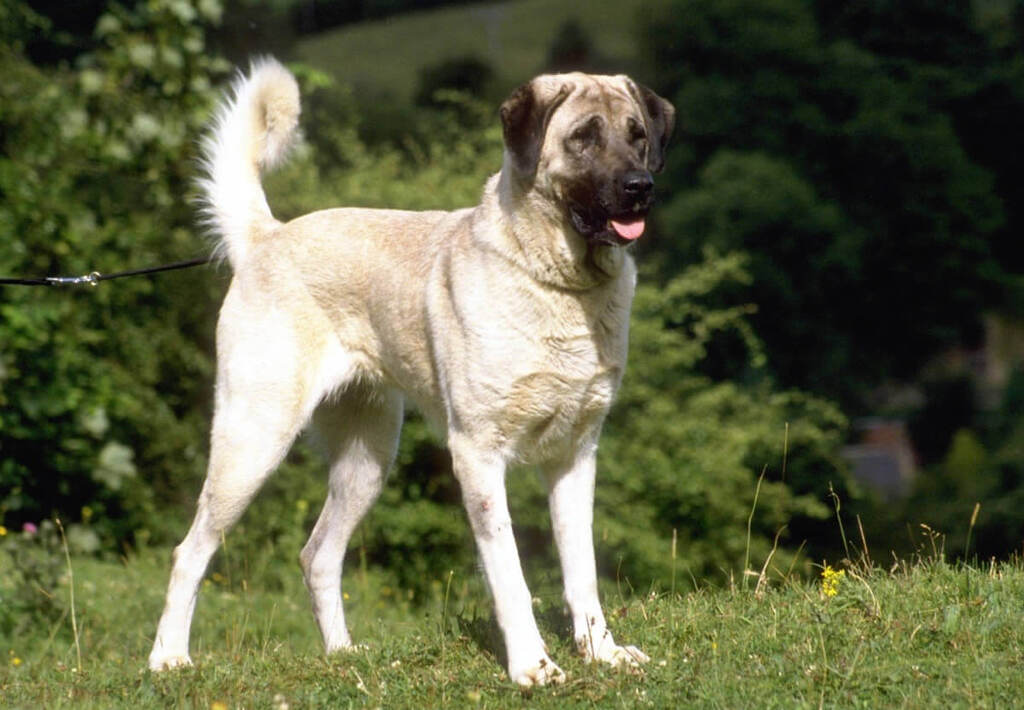
The dog breed possesses a dense double coat, giving them a cuddly and fluffy appearance. This coat can vary in texture, ranging from smooth to rough, and may differ in length, typically between 1 to 4 inches.
It tends to be shorter on the smoother areas and longer on the rougher parts, sometimes forming a mane around the neck resembling that of a lion.
Regarding their coloration, the breed come in various hues, though there are more prevalent ones. These include,
- Fawn
- Red fawn
- Blue fawn
- Gray fawn
- Liver
- Brindle
- White
- Piebald
Piebald refers to coats that are predominantly white with colored spots, constituting no more than 30% of the overall coat. They also have a black color around the edge of their ears and their muzzle. This gives them the classic shepherd dog look.
Characteristics and Temperament
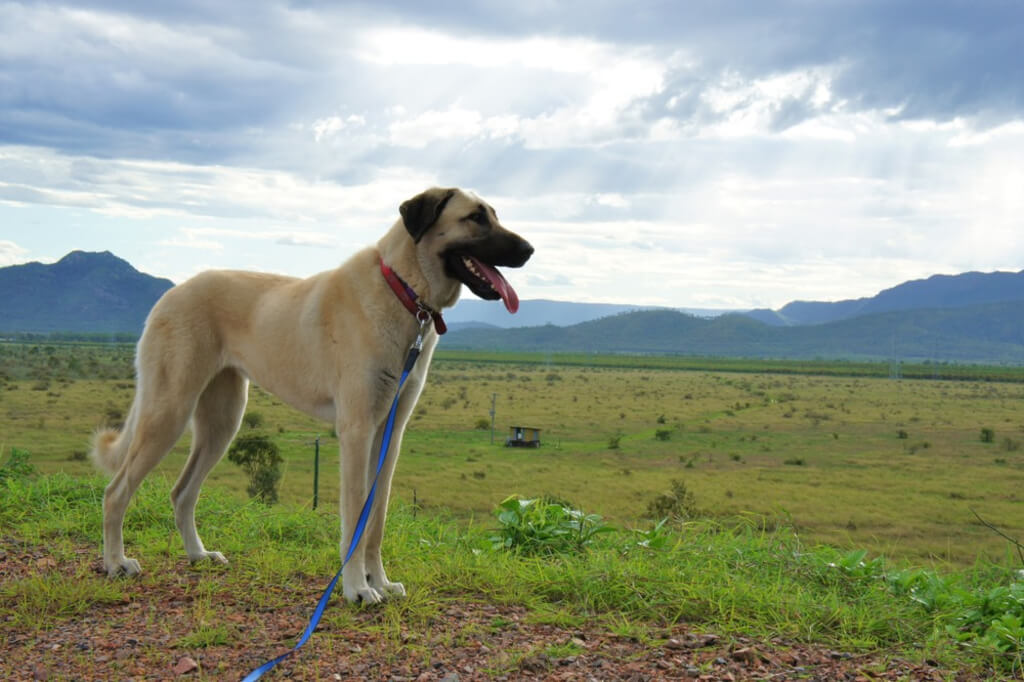
| Affectionate | Low |
| Friendliness | Low |
| Playfulness | Medium |
| Kid-Friendly | Medium |
| Pet-Friendly | Medium |
| Energy Level | Medium |
| Trainability | Medium |
| Exercise Needs | Medium |
| Intelligence | Medium |
| Barking Tendency | Medium to High |
| Shedding | Medium |
The Anatolian Shepherd may seem intimidating, but they are actually very loving. It isn’t the cuddliest or affectionate dog breed, but they will love you unconditionally. Their independent nature, rooted in their history as hunters and self-reliant workers, makes them great at their jobs.
But don’t be mistaken; they are incredibly loyal and protective once they form a bond. They take great pride in their guardianship and regard their family as their herd. With their constant readiness to defend and shield, they make great guard and watchdogs.
You may want to think twice before getting these anatolian shepherd puppies, especially if you have neighbors nearby, as they can be somewhat intimidating and have a loud bark. They exhibit their protective side in instances where they aren’t too keen to meet new individuals.
Although socialization can be beneficial, it’s crucial to realize that the breed does not actively seek attention or cuddling. They feel a great responsibility to protect. Therefore, they are more likely to be watchful guards.
Even though they are intelligent canines, teaching them can be difficult at times. They would much sooner rest or watch over their herd than engage in light-hearted activities.
Fun Fact: Anatolian Shepherds have a reputation for being independent.
Health and Nutrition
Anatolians are voracious eaters who will consume nearly anything. Because they are a huge breed, their daily energy needs come out to about 1,200 calories or almost three cups of food. Based on the anatolian shepherd size, check the back of the dog food packet to be sure you’re giving them the recommended amount to eat.
Ideally, they should eat two meals a day, one in the morning and one in the evening. Given how active they are, seek foods strong in meat. Make sure that the packet lists meat as one of the first three ingredients.
It’s acceptable to give your dog treats but choose healthier alternatives. This dog loves fruits and vegetables as rewards. Additionally, you must provide them with a bowl of fresh water. Water should always be available to them.
It is best to speak with a veterinarian about packaged food. They will advise you on the ideal food type and brand. You can also ask about the frequency and quantity of feedings.
Common Health Problems
In general, Anatolian Shepherds are healthy canines. They may have a few health problems, like any dog, but they are not common.
We’ll go over a few of the typical health issues this dog breed faces. Although not every Anatolians may experience these issues, it is advisable to be aware of them so that you can act quickly if necessary.
The following are the typical health issues that the dogs deal with:
- Elbow Dysplasia
- Hip Dysplasia
- Demodectic Mange
- Entropion
- Hypothyroidism
- Cancer
- Heart Issues
When buying a dog from a breeder, it’s best to ask for health certifications from both parent breeds. Keeping a close eye on your dog’s health and scheduling routine vet visits can help detect these problems early.
Fun Fact: Anatolian Shepherds are a very old breed of dog that may have originated in 2000 BC.
Behavior and Training
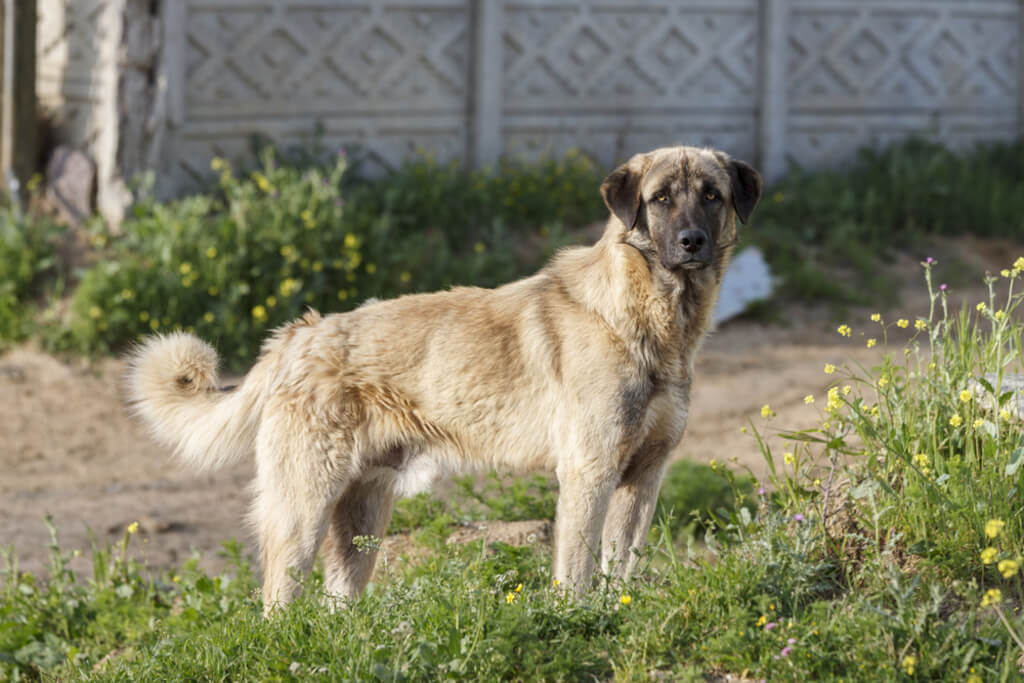
Although they are quite protective, Anatolian Shepherds are not very affectionate. They are great watchdogs or guard dogs since they are inherently defensive of their families.
They get along with kids, but they don’t want to play with them. They can be suspicious of strangers and do not get along with other pets. It helps to walk them during less crowded periods so they don’t feel overwhelmed.
1. Training and Socialization
This breed of dog requires socialization and training from an early age. If they do not receive the appropriate training and socialization, they will quickly develop aggression against other humans and pets.
During training, these dogs are typically quite obedient. Their independence can occasionally make them stubborn, though. Consistency training from a young age using positive reinforcement can be the perfect recipe for successful training.
Anatolians are protective of their families, making them cautious around strangers. Socializing them from a young age can help with this wariness.
2. Exercise Needs
Despite their large size, they don’t need excessive exercise. They still need 60 minutes of exercise each day due to their energy levels. This can be split into two daily walks. These dogs might prefer hiking over playing, so don’t be surprised if they’re not into chasing balls but enjoy walking by your side.
Leashing them during walks is often advised because they might wander off. Do register that this breed won’t be restful in tiny spaces. They require a large area to wander and a secure fenced enclosure so that they can effortlessly stretch their legs. However, make sure that the guardrail is tall enough and has a concrete surface.
An Anatolian Shepherd puppy will have different exercise requirements compared to adult dogs. As large and growing puppies, it’s essential to manage their exercise carefully to avoid stressing their developing bones and joints. Providing age-appropriate activities is important to keep them stimulated without overexerting them.
Fun Fact: These dogs are used to protect cheetahs in Namibia.
Grooming Needs
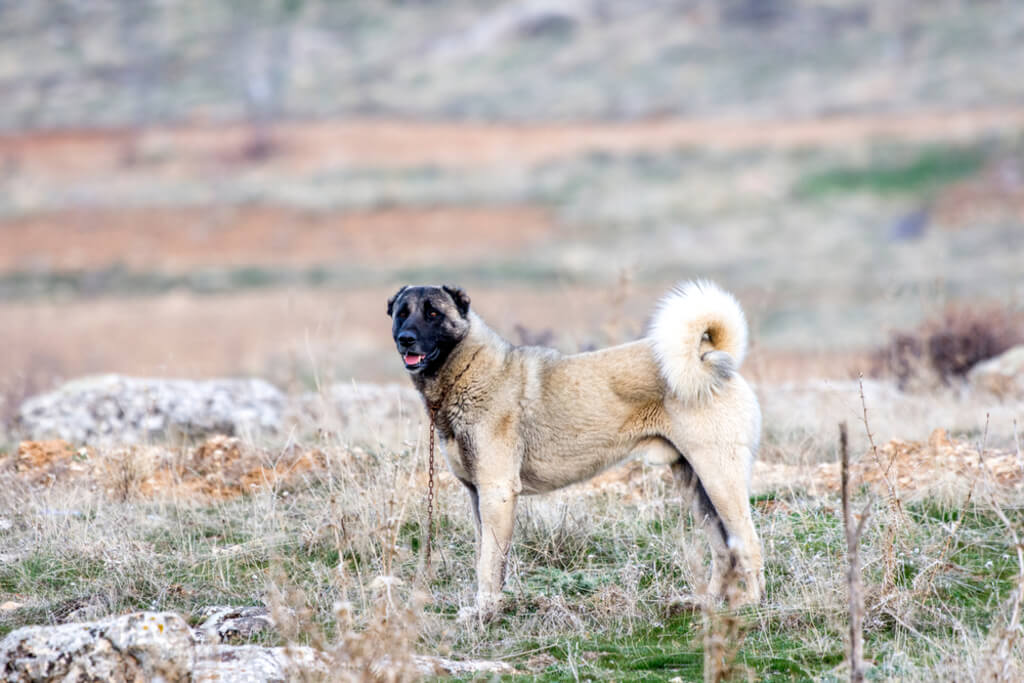
The Anatolian Shepherd sheds continuously throughout the year. It’s best to brush them once a week if you can manage. Twice annually, they’ll shed their coat entirely to grow a new one, requiring daily brushing during these times.
Here are a few other grooming essentials:
- Give them a bath once a month, depending on how unclean the dog gets.
- Do inspect their nails as well and keep them snipped.
- Scrub their teeth every day.
- Inspect their ears once every week to catch any wax build-up or any other anomalies.
Are Anatolian Shepherds Hypoallergenic?
Anatolian Shepherds are not hypoallergenic. Despite their short coat, they might not be suitable for people with allergies. They shed their undercoat regularly and need consistent coat care. This could pose problems for those seeking a more hypoallergenic dog.
Price
An Anatolian Shepherd puppy usually costs between $800 and $1,500. Because they’re a rare breed, finding a trustworthy breeder might be a challenge, so you’ll need to be cautious.
Alternatively, you can check your local shelter, as there are many dogs there waiting for a loving home. Remember to choose a reputable breeder and check the health certificates of the dog. If you are getting a puppy, you also need to check the parent’s health.
Fun Fact: These dogs have starred in many movies like Kate and Leopold and Friends with Benefits.
Lifespan
Compared to other dogs of similar size, Anatolian Shepherd lifespan is slightly longer. These dogs typically live between 11 and 13 years on average, compared to the 10 to 12 years that most large dogs live.
They may also be less susceptible to age-related ailments when compared to other dogs. This could account for their extended longevity.
FAQs
Because they instinctively want to defend their families, they make excellent family dogs.
Although they are of the same breed, the Kangal is slightly bigger and weighs more.
These dogs have a very strong bite with a force of 734 PSI (pounds per square inch).
Conclusion
You can get an Anatolian Shepherd if you want a guard dog that will keep you safe and be loyal. These dogs may appear scary, like other shepherds, because they are big in stature. But with the right teaching and socialization, they might make great pets.
To keep them from getting bored, you need to start teaching them early and keep their minds and bodies active. These dogs are rare among pet owners and can make good companions.
Explore Further



